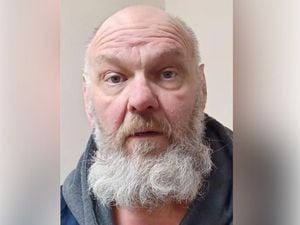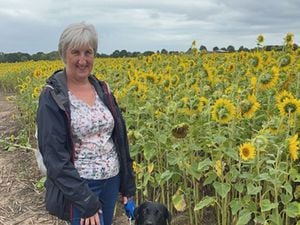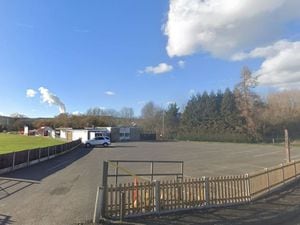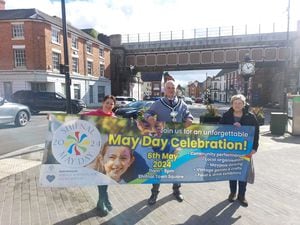Cheryl James inquest: Soot find 'points to gun shot'
Ballistics evidence in the death of Private Cheryl James at Deepcut Barracks shows "soot deposits" on her thumb and face that are "indicative" of a close or hard contact gunshot wound, an inquest has been told.
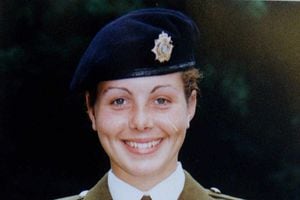
Forensic ballistics expert Ann Kiernan made the findings after conducting a series of experiments using synthetic bone, skin and tissue and pig skin at various firing distances to simulate the injury and deposition of soot from the rifle.
She told the inquest that in her opinion "the results obtained from pig belly skin is what I'd expect to see of gunshot wounds on human skin".
Pte James, an 18-year-old Army recruit, whose parents Des and Doreen James live in Llanymynech, near Oswestry, was found with a fatal head wound on November 27 1995.
She was one of four young soldiers to die at the Deepcut Barracks in Surrey over a seven-year period between 1995 and 2002.
Pte James, from Llangollen, was found with a bullet injury between her right eye and the bridge of her nose.
Alison Foster QC, representing the James family at the inquest, yesterday questioned the validity of Ms Kiernan's conclusions, citing a report compiled by pathologist Professor Derrick Pounder.
She told the inquest that the report queried the suggestion that the markings on Pte James's thumb were caused by soot from an SA80 British Army Rifle, adding that it could have been the presence of "mud, earth or soil".
Ms Foster also said that a lack of an official weather report could limit the validity of the evidence.
But Ms Kiernan said that the "weather being damp does not necessarily mean there would be the presence of mud".
When questioned about the stellate tear, caused by the gunshot wound to Pte James's face, Ms Kiernan said that while these can be caused by long distance shots, "the presence of soot would not be present".
"My conclusion from what I can see in conjunction with the stellate tear and the presence of soot on the left hand suggest the muzzle was close distance from the face," she added.
When asked to compare Pte James's injuries to those of an anonymous suicide victim, known only as "Soldier A", Ms Kiernan added that the wounds had "comparable" features, including a "similar defect, a half moon effect".
Forensic pathologist David Rouse, who was asked by Surrey Police to assist in "some aspects" of Pte James's case in 2002, said that her injuries were "consistent with a self-inflicted wound".
Mr Rouse also confirmed that he had checked the rifle's length and the range of Pte James's arm, and had found that the rifle was short enough for Pte James to use it to "effect her own death".
However, he admitted that he "couldn't say" if someone other than Pte James could have inflicted the wounds.
The inquest opened in February following years of campaigning by Mr and Mrs James. Earlier this year they said they hoped a fresh hearing would bring them answers.
A brief hearing three weeks after Pte James's death had recorded an open verdict, but no forensic evidence was considered.
The inquest continues.

